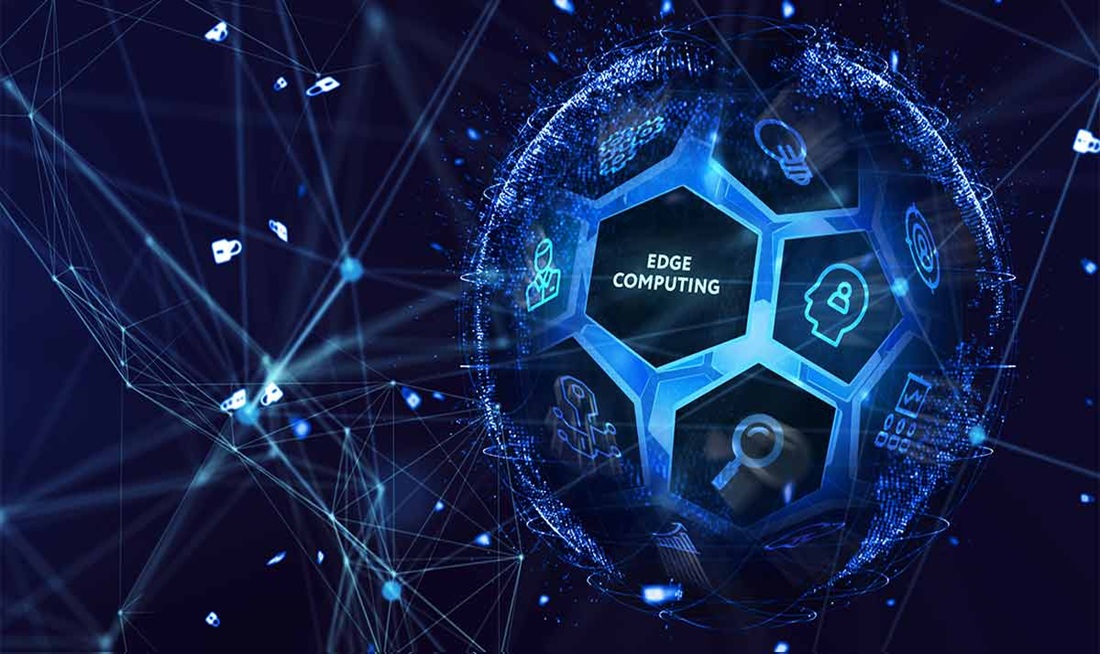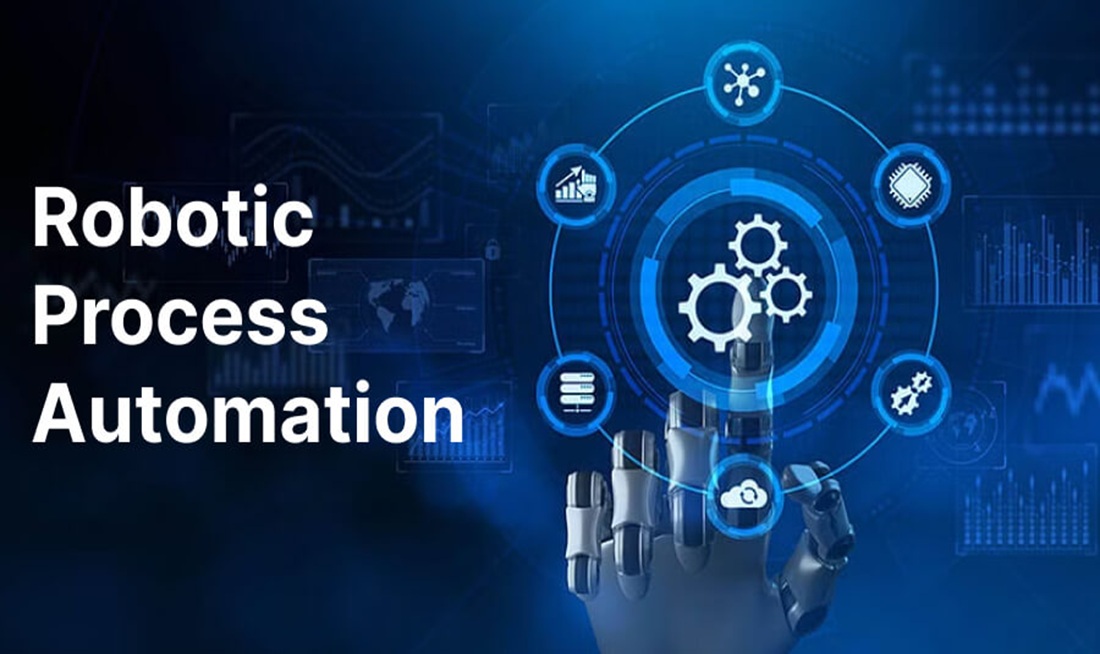Why Edge Computing Is the Future
The need for quicker, more effective computer systems is greater than ever in the digital age. Cloud computing has long been the foundation of our digital infrastructures, since both consumers and businesses depend more and more on data-intensive applications. However, a new paradigm—edge computing—has emerged as a result of the growth of IoT devices, real-time data processing, and the requirement for low-latency operations. In this piece, we’ll examine why edge computing is regarded as the computing of the future and how it affects companies both now and down the road.
What is Edge Computing?
The technique of processing data closer to its source as opposed to transferring it to the cloud or centralized data centers is known as edge computing. Edge computing lessens the need for data to travel great distances to reach a central server by carrying out computations locally on edge devices, such as sensors, smartphones, and other Internet of Things (IoT) devices. This makes it possible to respond more quickly, have lower latency, and use bandwidth more efficiently. Essentially, edge computing makes it possible to process data at the network’s “edge,” where it is created, rather than depending entirely on remote cloud servers.
The Rise of Edge Computing
One of the primary reasons edge computing is gaining traction is the ever-growing demand for speed. As applications become more complex and data-driven, cloud computing, while powerful, often struggles to meet the needs for real-time or near-real-time data processing. In many industries, a delay of even a few milliseconds can have significant consequences. This is particularly true in sectors such as healthcare, manufacturing, autonomous vehicles, and finance, where speed is paramount.
In traditional cloud-based architectures, data has to travel from the source device to a central server, which can take a considerable amount of time depending on the distance and network conditions. This delay, known as latency, can be a bottleneck in performance, especially for time-sensitive applications. Edge computing mitigates this issue by processing data closer to where it is generated, resulting in near-instantaneous responses.
Reducing Latency for Real-Time Data Processing
One of the key advantages of edge computing is its ability to reduce latency for real-time data processing. In industries like autonomous driving, for instance, vehicles need to process vast amounts of data from sensors, cameras, and radars to make split-second decisions. If this data were sent to the cloud for processing, it would introduce unacceptable delays, potentially compromising safety. Edge computing solves this issue by allowing vehicles to process data locally, ensuring that decisions are made in real-time, without the delays inherent in cloud processing.
Similarly, in healthcare, edge computing plays a critical role in applications such as remote patient monitoring and medical imaging. By processing data on the edge, doctors and healthcare providers can receive immediate insights into patient conditions, leading to faster diagnosis and treatment decisions. In emergency scenarios, every second counts, and edge computing helps ensure that the necessary data is processed quickly and efficiently.
Bandwidth Optimization and Cost Efficiency
Edge computing also offers significant benefits in terms of bandwidth optimization and cost efficiency. With the explosion of data generated by IoT devices, businesses are facing mounting challenges when it comes to transmitting massive amounts of information to the cloud. This can strain network infrastructure and incur high costs, especially when large volumes of data are constantly being sent to remote data centers.
By processing data locally, edge computing reduces the amount of data that needs to be transmitted over the network. This not only helps businesses save on bandwidth costs but also alleviates network congestion, making it easier to scale operations without running into performance issues. In turn, this enables businesses to focus resources on more critical operations, reducing overall infrastructure costs and increasing efficiency.
Enhancing Security and Privacy
As businesses increasingly rely on cloud-based services, concerns around data security and privacy have also grown. Storing sensitive data in centralized cloud servers opens the door to potential breaches, data theft, and unauthorized access. Edge computing provides an extra layer of security by keeping sensitive data closer to its source, where it can be processed without needing to travel over the network.
For businesses handling sensitive customer data, such as financial institutions or healthcare providers, edge computing helps to minimize the risk of data breaches and protects privacy by limiting exposure. With edge computing, data can be encrypted and processed locally, ensuring that only the necessary information is transmitted to the cloud. This reduces the attack surface and makes it harder for cybercriminals to exploit vulnerabilities in the system.
Furthermore, edge computing can facilitate compliance with data protection regulations such as GDPR (General Data Protection Regulation) in Europe and CCPA (California Consumer Privacy Act) in the United States. These regulations mandate that businesses protect customer privacy by limiting how and where data is stored and processed. By processing data on the edge, businesses can maintain better control over sensitive information and meet regulatory requirements more easily.
Scalability and Flexibility for Businesses
In the business world, scalability and flexibility are crucial for maintaining growth and adapting to changing market conditions. Edge computing provides both of these benefits by enabling businesses to deploy distributed networks of devices and systems without the need for significant infrastructure investments. With edge computing, businesses can scale their operations by adding more edge devices that process data locally, without overloading a central server or cloud infrastructure.
For example, in manufacturing, edge computing can be used to optimize operations on the factory floor. Sensors and machines can be equipped with edge computing capabilities to monitor equipment performance in real-time, detect issues before they lead to downtime, and improve overall efficiency. As businesses grow, they can easily expand their edge computing network by adding more devices, without requiring major changes to their existing infrastructure.
This flexibility extends to industries like retail and logistics as well. Retailers can use edge computing to improve customer experiences by offering personalized services and managing inventory in real time. Logistics companies can optimize delivery routes and track shipments with minimal delay, improving customer satisfaction and reducing costs.
The Role of 5G in Edge Computing
The advent of 5G networks is another factor that will accelerate the adoption of edge computing. With its promise of ultra-low latency, high bandwidth, and massive device connectivity, 5G is the perfect complement to edge computing. As 5G networks become more widespread, they will provide the necessary infrastructure to support the large-scale deployment of edge devices and applications.
For example, in the context of smart cities, 5G will enable millions of connected devices to communicate in real-time, processing data locally at the edge to optimize traffic flow, energy consumption, and public safety. Similarly, in agriculture, 5G-powered edge computing can enable precision farming techniques, where sensors and drones monitor crop health, soil quality, and weather conditions, all in real-time.
In industries like entertainment and gaming, 5G and edge computing will combine to deliver immersive, high-definition experiences with minimal latency. This will enable new applications in virtual reality (VR) and augmented reality (AR), where real-time processing is essential for delivering a seamless experience.
Edge Computing in the Cloud Era
While edge computing offers a host of benefits, it does not mean the end of cloud computing. In fact, edge computing and cloud computing are complementary technologies that can work together to provide the best of both worlds. Cloud computing continues to play a crucial role in centralized data storage, large-scale analytics, and long-term data processing, while edge computing handles real-time, local processing for latency-sensitive applications.
In many cases, businesses can leverage both technologies to create a hybrid infrastructure. For example, a company may use edge computing to process time-sensitive data locally, such as customer interactions or IoT sensor data, while relying on the cloud for more complex data analysis, long-term storage, and backup. This hybrid approach ensures that businesses can take advantage of the strengths of both cloud and edge computing, optimizing performance, cost-efficiency, and scalability.
How Edge Computing Impacts Your Business
The rise of edge computing is set to revolutionize industries across the board, enabling businesses to respond more quickly to changing conditions, improve operational efficiency, and enhance customer experiences. The benefits of edge computing include:
- Reduced latency for real-time processing, which is essential for industries like autonomous driving, healthcare, and manufacturing.
- Bandwidth optimization and cost savings by processing data locally, reducing the need for data transmission to centralized servers.
- Enhanced security and privacy, with data processed on the edge rather than sent to the cloud, minimizing the risk of data breaches.
- Scalability and flexibility, enabling businesses to deploy distributed networks without major infrastructure investments.
- The synergy between edge computing and 5G networks, paving the way for new applications in smart cities, agriculture, and entertainment.
For businesses, adopting edge computing is no longer a matter of “if,” but “when.” The ability to process data locally, improve efficiency, and enhance security makes it a critical component of any modern digital infrastructure. As edge computing continues to evolve and gain traction, businesses that embrace this technology will be better positioned to thrive in the future.
Conclusion
In summary, edge computing is more than just a catchphrase; it is a revolutionary force that is changing how we handle, store, and evaluate data. Businesses may decide how best to use edge computing to stay ahead of the competition and spur growth in the years to come by being aware of its possible advantages and ramifications. Companies need to be ready to embrace the edge of computing’s future.

